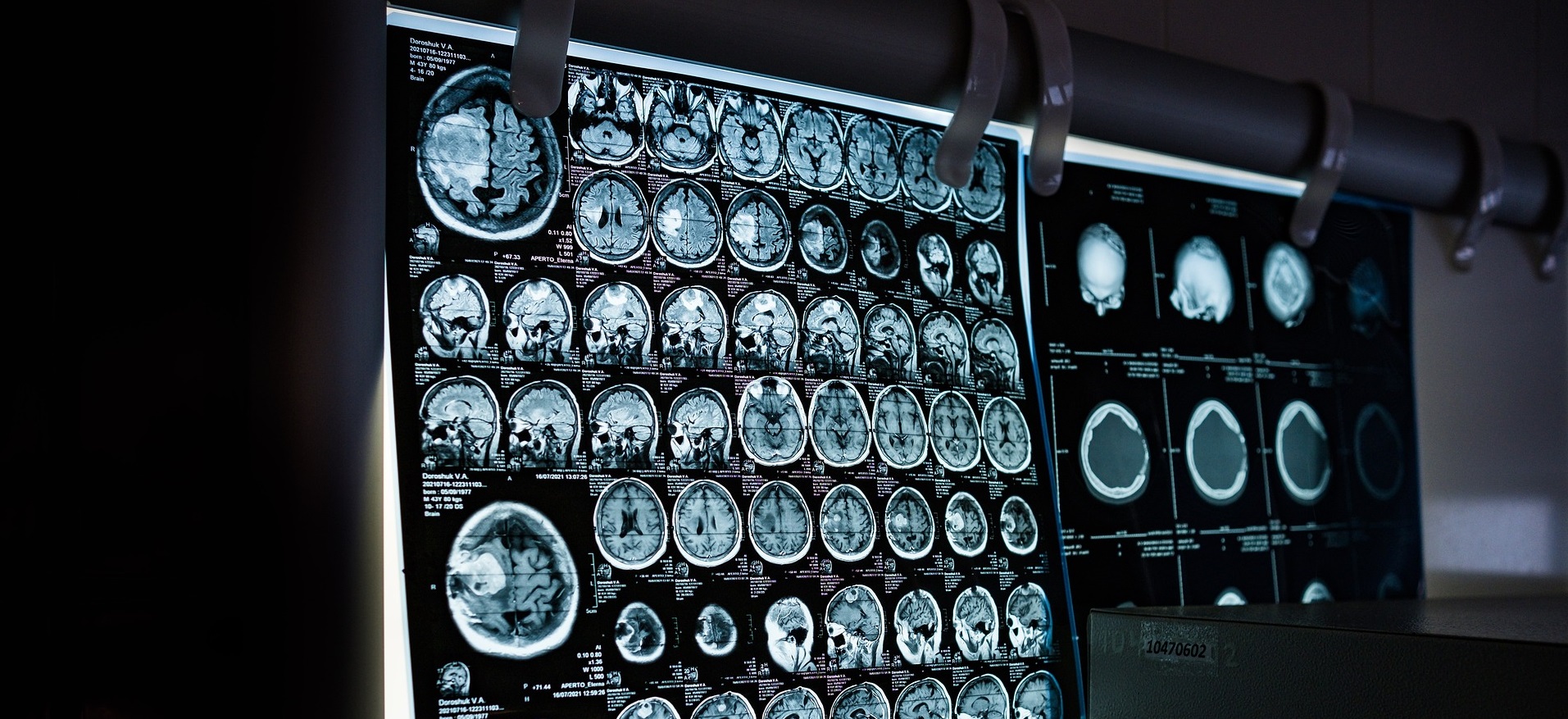Hatfield, UK – May 10, 2023 – SynApps Solutions, the enterprise content management specialist with deep experience across the NHS, has been selected by Dorset’s three NHS provider trusts (University Hospitals Dorset NHS Foundation Trust (UHD), Dorset County Hospitals NHS Foundation Trust (DCH) and Dorset HealthCare University NHS Foundation Trust (DHC)) to deploy a proactive image sharing system based on a transient use of its Vendor Neutral Archive (VNA).
The secure, cloud-based image sharing portal, built in tandem with partners J4Care and OpenText, enables upstream multimedia data captured within the Sharing Domain to be available proactively and without delay to clinical staff at the point of care within their existing image management systems.
“Previously, we relied on lots of manual workarounds with no effective information flow, which meant images taken at one site would not necessarily be available in another department, leading to duplicate images being taken,” explains Peter Gill, Chief Informatics Officer, University Hospitals Dorset. “There are up to twenty clinical departments outside of radiology that rely on imagery and scans so being able to proactively share them is vital.”
Following a comprehensive procurement process involving 19 potential partners, the Trusts selected SynApps, J4Care and OpenText based on performance, compliance and the fact that they could deliver an architecture based on messaging rather than image pooling.
The project, which begins this month, is expected to complete the implementation for core organisations and radiology within twelve months. It will enable proactive image sharing, cross-network reporting, CDC support, a single view of multimedia data, and image sharing beyond the South East 3 imaging network. This will lead to better patient diagnoses and outcomes.
“Access to older images taken across our network improves diagnostics enormously because we can more accurately track symptoms, such as the growth of a lump,” adds Gill. “SynApps gives us a viewing system that will render all images in a single portal, built on a database of metadata, which can bring together historic images.”
“We are delighted to partner with University Hospitals Dorset Trust as well as J4Care and Open Text to deliver this proactive image sharing platform,” comments Jason Scholes, CTO, SynApps. “By enabling clinical staff to access images from across the network, it will make a positive impact on patient care and reduce waste across the Trust.”





